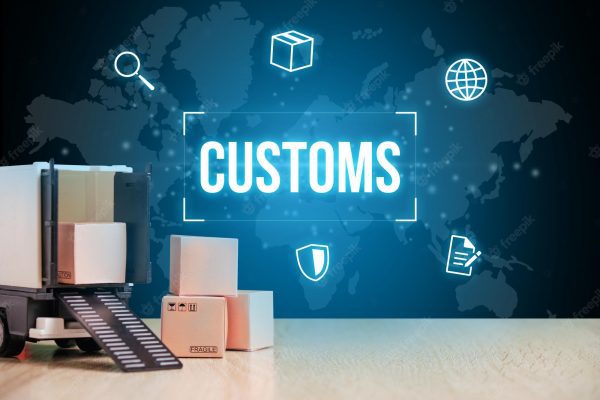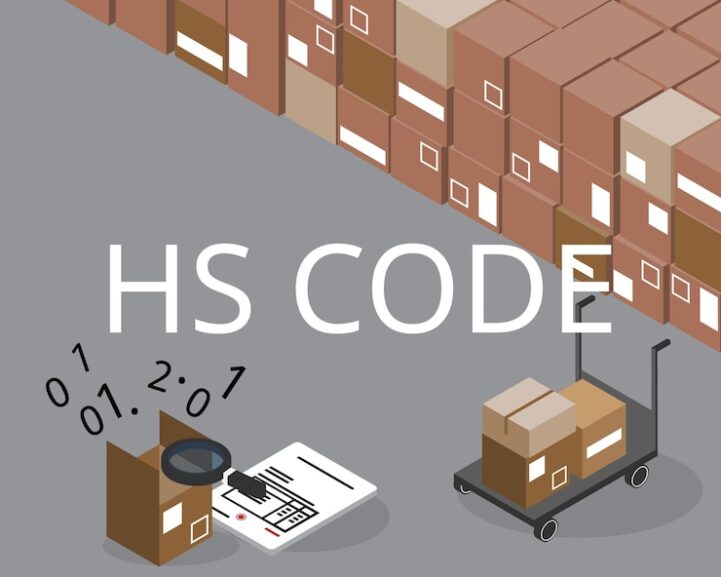HS Code
HS code is one of the documents that traders should use in the process of international trade and goods clearance. The customs tariff, whose other name is HS code, indicates that all commercial goods around the world have a specific code for identification. This code must be included by the sellers in the sales invoice or invoice document.
The Nature of the HS Code
HS code is a unique 8-digit tariff code used to identify and classify goods according to a global standard. This system is designed by governments according to tax policies, pricing, budget and domestic economy. The tariff code actually shows all the characteristics of a product. Therefore, it will be easier to identify the goods in customs using this code.
In other words, there is no product in the world that does not fall into categories; but the goods will be identified all over the world with the same customs tariff code.
WCO Organization
This organization is known as the World Customs Organization and is responsible for customs tariffs. All the countries that belong to this organization use this tariff system in customs matters.
Importance of HS Code
Getting the tariff code is one of the most important actions that we must do before ordering the goods. As mentioned before, all information about the product is included in the tariff code. Therefore, by receiving this code, we can find out about the necessary permits for the import and clearance of the desired goods, the amount of its import duty and whether or not these goods are allowed to enter.
At the same time, carrying out such formalities also facilitates the process of monitoring and controlling imports and exports. For this reason, foreign businesses place great emphasis on receiving the customs tariff code.
Applications of Tariff Code or HS
• Determining the customs tariff
• Determination of rules of origin
• Determining the tariffs related to the transportation of goods
• Internal tax collection
• Checking and obtaining international trade information in each country
• Classification of dangerous goods
Clearance of Goods using Customs Tariff
When the owner of the goods or his legal representative is not sure of the exact and correct tariff upon delivery of the goods, they can get the confirmation from the customs by presenting the ownership documents and paying the customs fee for determining the tariff. If there is a mistake in the tariff set by the customs, the organization is obliged to return the difference.
If there is a disagreement between the owner of the goods and the customs regarding the value and tariff of the goods and the owner of the goods insists on clearing the goods, the relevant rights will be collected in the form of cash and fines and with a deposit or bank guarantee.

Prioritizing the Customs Tariff Code of Goods
According to the trade policies and needs of each country, the prioritization of the customs tariff code is divided into 10 parts. This prioritization was done by the Trade Development Organization and the reason for that is the government’s policies to prevent currency from leaving the country. These priorities include 3 parts as follows:
1. First part: Basic goods that can be imported with government currency.
2. Second part: non-essential goods that can be imported using an export license.
3. Third part: Goods whose importation is generally prohibited.
Up To Sum
Familiarity with specialized documents for exporting and importing goods in the field of international trade makes the path to our business goals shorter and less costly. HS code or the customs tariff is one of the most important documents that we must obtain before any action in the field of export and import. Because as a global code related to goods, it provides us with the most information about the goods in the shortest time.


